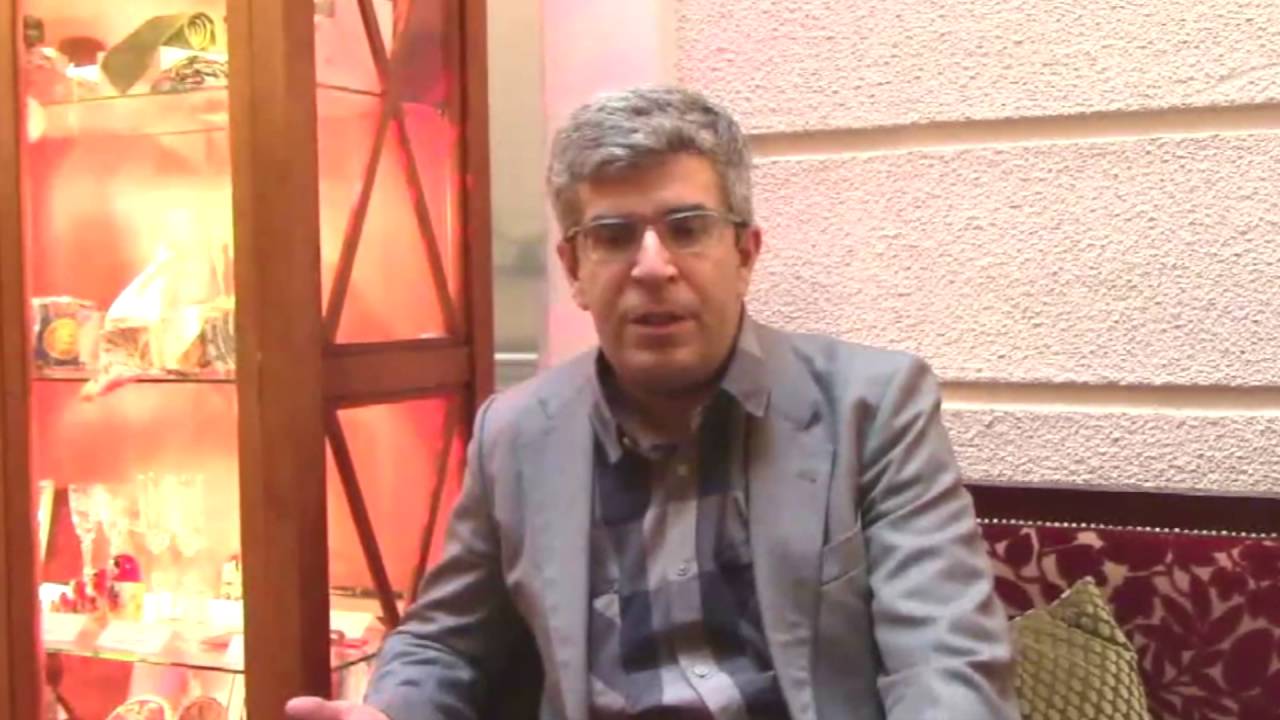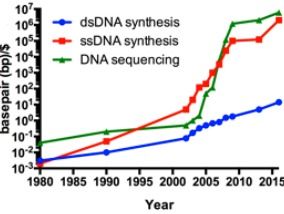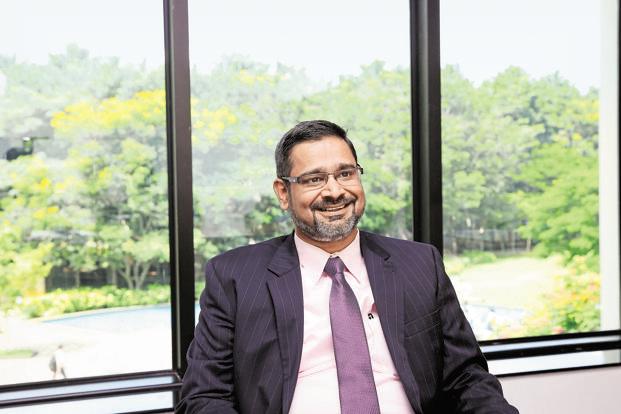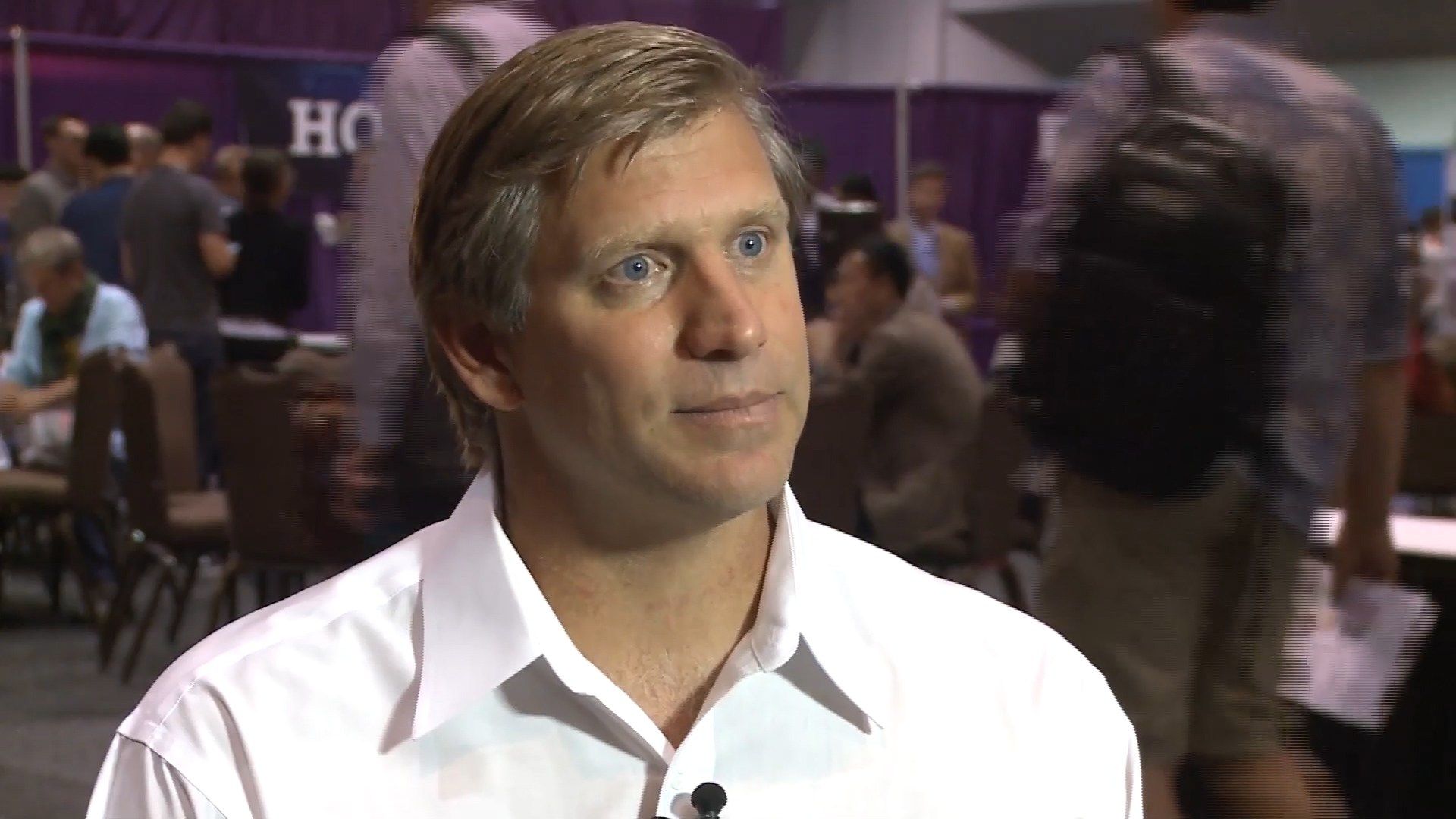Page 10865
Jun 7, 2016
Physicists Manage To Slow Down Light In A Vacuum
Posted by Andreas Matt in categories: materials, physics
The fact that the speed of light in a vacuum is a constant is one of the cornerstones of physics, but scientists from the Philippines were able to add a twist to this tenet. And I mean it literally!
By changing how some light beams rotate, the researchers from the National Institute of Physics were able to slow down light in a vacuum. The physicists used circularly symmetric light beams, known as Laguerre-Gauss beams, to change the way light twists around itself. Suddenly, the light beams were propagating more slowly.
The speed of light varies when it moves through different materials, and it does so at the expense of accuracy in transmitting information. For this reason, more and more people are interested in ways of manipulating the speed of light without affecting accuracy.
Continue reading “Physicists Manage To Slow Down Light In A Vacuum” »
Jun 7, 2016
Wipro to deploy AI platform Holmes to do the job of 3,000 engineers
Posted by Karen Hurst in categories: finance, robotics/AI
Hmmmm.
Bengaluru: Wipro Ltd will use its artificial intelligence platform Holmes to automate several aspects of its so-called fixed-price projects, saving up to $46.5 million and freeing around 3,000 engineers from mundane software maintenance activities.
The move is part of Wipro’s larger plan to generate $60-$70 million in revenue by selling the platform to new and existing clients in the current financial year.
Continue reading “Wipro to deploy AI platform Holmes to do the job of 3,000 engineers” »
Jun 7, 2016
FAA Warns of GPS Outages This Month During Mysterious Tests on the West Coast
Posted by Sean Brazell in category: military
Starting today, it appears the US military will be testing a device or devices that will potentially jam GPS signals for six hours each day. We say “appears” because officially the tests were announced by the FAA but are centered near the US Navy’s largest installation in the Mojave Desert. And the Navy won’t tell us much about what’s going on.
The FAA issued an advisory warning pilots on Saturday that global positioning systems (GPS) could be unreliable during six different days this month, primarily in the Southwestern United States. On June 7, 9, 21, 23, 28, and 30th the GPS interference testing will be taking place between 9:30am and 3:30pm Pacific time. But if you’re on the ground, you probably won’t notice interference.
The testing will be centered on China Lake, California—home to the Navy’s 1.1 million acre Naval Air Weapons Center in the Mojave Desert. The potentially lost signals will stretch hundreds of miles in each direction and will affect various types of GPS, reaching the furthest at higher altitudes. But the jamming will only affect aircraft above 50 feet. As you can see from the FAA map below, the jamming will almost reach the California-Oregon border at 4o,000 feet above sea level and 505 nautical miles at its greatest range.
Continue reading “FAA Warns of GPS Outages This Month During Mysterious Tests on the West Coast” »
Jun 7, 2016
MMTP — Major Mouse Testing Program — Interview with Ilia Stambler
Posted by Steve Hill in categories: health, life extension

Crowdfunding Campaign: https://www.lifespan.io/campaigns/the-major-mouse-testing-program/
We are testing a combination of compounds which clear out dysfunctional cells in the body, called Senolytics, to see if we can extend maximum lifespan and healthspan in mice. Please subscribe, share, and fund our Lifespan.io campaign today!
Continue reading “MMTP — Major Mouse Testing Program — Interview with Ilia Stambler” »
Jun 7, 2016
One more question for U.S. presidential candidate Zoltan Istvan on robots
Posted by Zoltan Istvan in categories: economics, employment, geopolitics, life extension, robotics/AI, transhumanism
Here’s a short video and story from CCTV America (China’s Public TV in America) from my interview at the Augmented World Expo. I discuss robots, the Immortality Bus, and a Universal Basic Income:
CCTV America’s Mark Niu interviewed Zoltan Istvan, the founder of the Transhumanist Party and a 2016 candidate for the U.S. presidency. He asked Istvan one more question about his “immortality bus” and whether robots will take over our jobs.
Jun 7, 2016
Researchers Uncover a Flaw in Europe’s Tough Privacy Rules — By Mark Scott | The New York Times
Posted by Odette Bohr Dienel in categories: internet, privacy
““This poses a threat to whether the ‘right to be forgotten’ can be maintained in the long term,” said Keith Ross, the dean of engineering and computer science at N.Y.U. Shanghai who led the project and who said he had contacted Google with his research.”
Jun 7, 2016
Affordable, lightweight, low power walking assistance and strength enhancement for the soldier and the elderly with the Superflex exosuit
Posted by Klaus Baldauf in categories: biotech/medical, cyborgs, military, robotics/AI, wearables
SRI is developing wearable “exosuits” that can augment the musculoskeletal system for performance and strength enhancement and assistance to overcome or prevent damage from injury or disease. SRI’s exosuit differs from exoskeletons by using new muscle-like actuation, comfortable and soft skin attachment, and electronically releasable spring elements to minimize mass, bulk, and noise as well as eliminate constraints on natural joint motions. As part of DARPA’s Warrior Web Program, the technology is being applied to prevent and reduce musculoskeletal injuries caused by dynamic events typically found in the warfighter’s environment. They are exploring other military applications and beginning to use the technologies to assist individuals with musculoskeletal diseases.
The wearable exosuit, Superflex, uses motion sensors, accelerometers and gyroscopes to read the speed and angles of the owner’s legs and adjust its movements accordingly.
On April 21, 2016 – SRI International announced the launch of Superflex, Inc., its newest spin-off venture. Superflex will develop cutting-edge wearable robotics to enhance the human musculoskeletal system for a wide range of applications.
Jun 7, 2016
Sources of longevity genes for genetic engineering
Posted by Klaus Baldauf in categories: bioengineering, biotech/medical, genetics, life extension
There are various animals that can live for centuries or millenia.
Genetic engineering technology is rapidly improving and genome wide genetic engineering could become a reality within 10–20 years. It could be possible to replicate in humans the longevity genes and cancer immunity in certain animals.
The longest lived mammal is the bowhead whales. Some confirmed sources estimate bowhead whales to have lived at least to 211 years of age.
Continue reading “Sources of longevity genes for genetic engineering” »
Jun 7, 2016
Scientists plan to build human genome from scratch
Posted by Sean Brazell in categories: biotech/medical, engineering

Leading genomics experts have announced Genome Project-write (HGP-write), which aims to synthesize entire genomes of humans and other species from chemical components and get them to function in living cells.
As explained in Science, the goal of HGP-write is to reduce the costs of engineering large genomes, including a human genome, and to develop an ethical framework for genome-scale engineering and transformative medical applications.
Continue reading “Scientists plan to build human genome from scratch” »
















